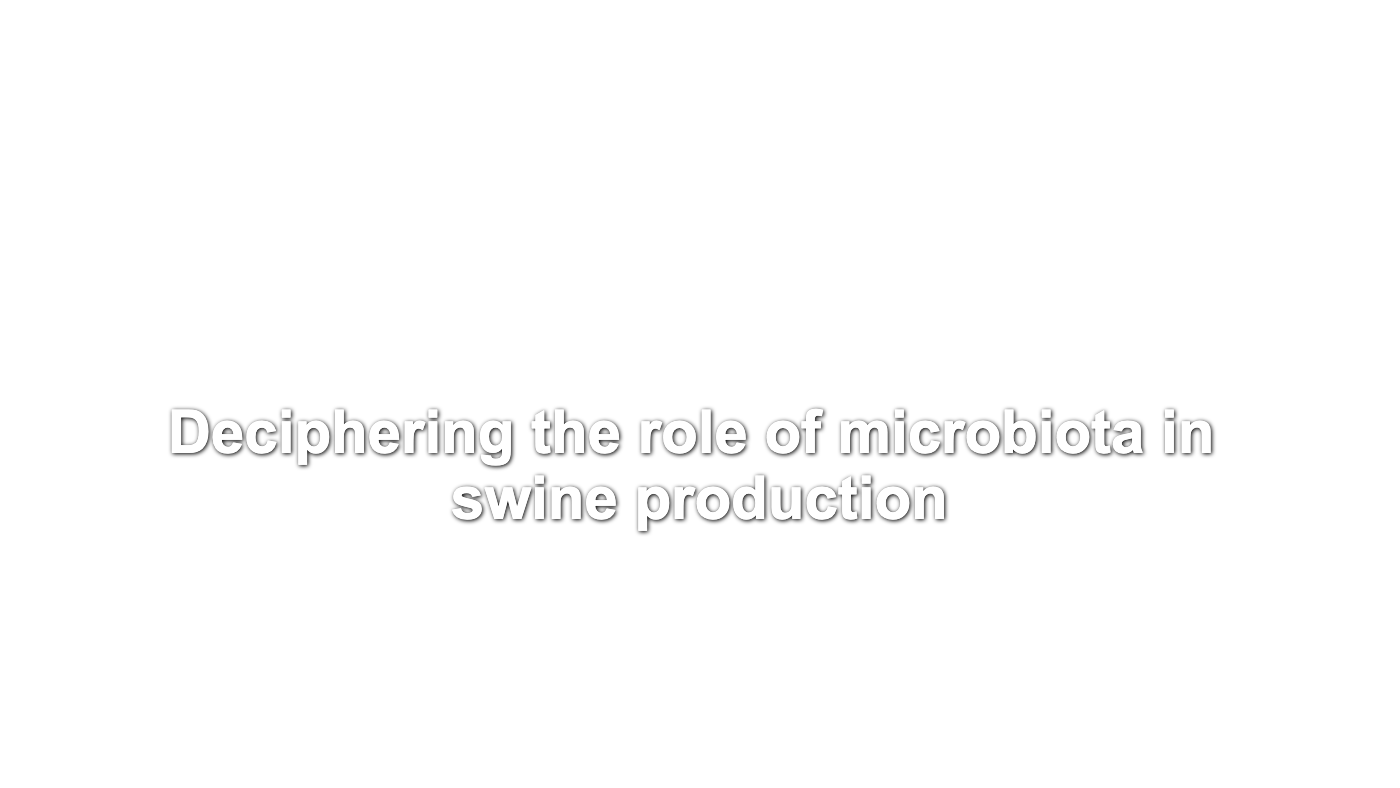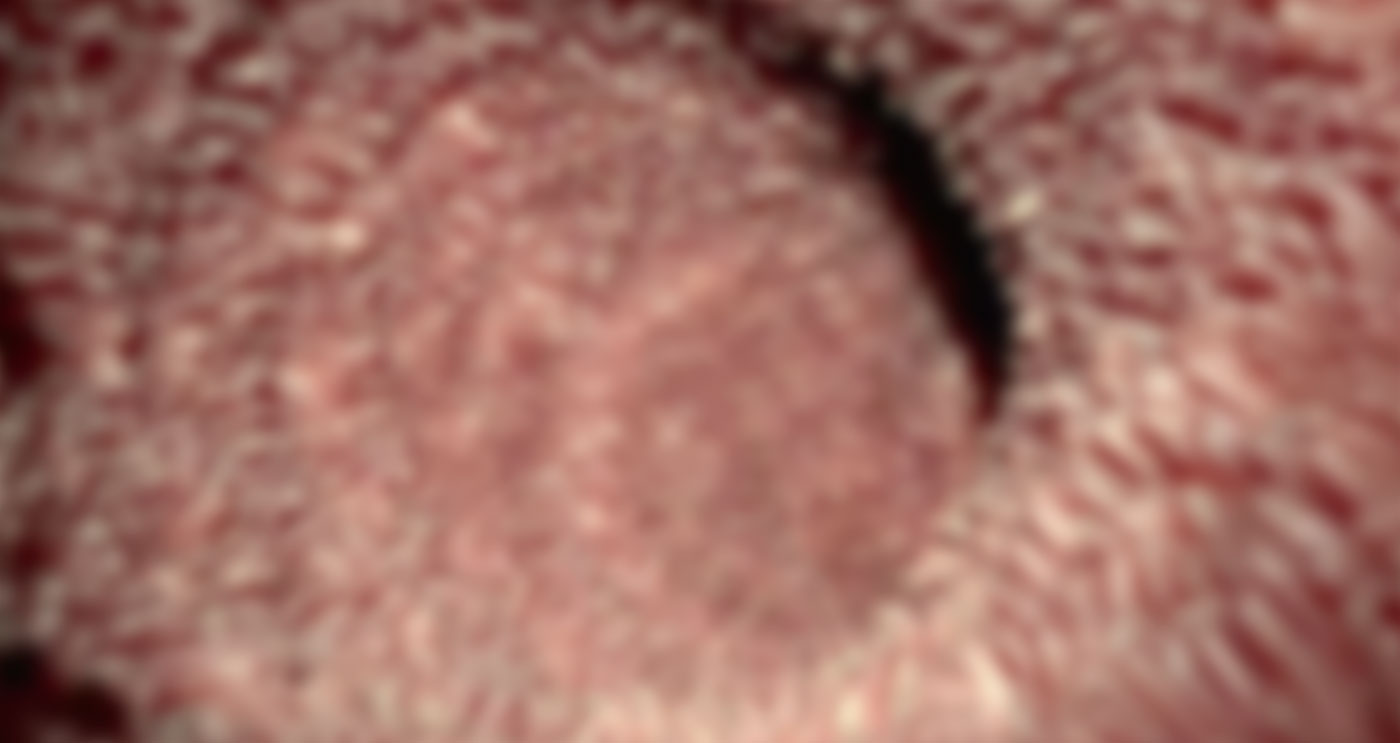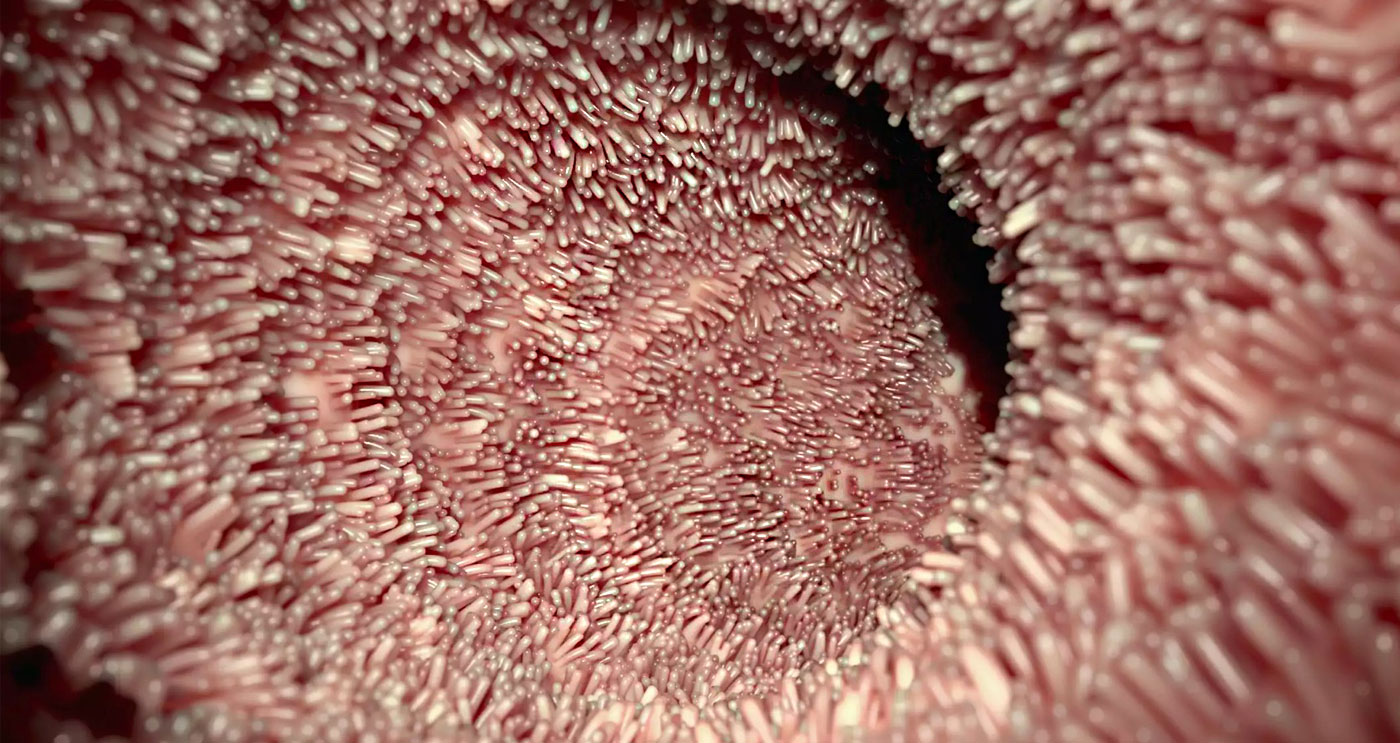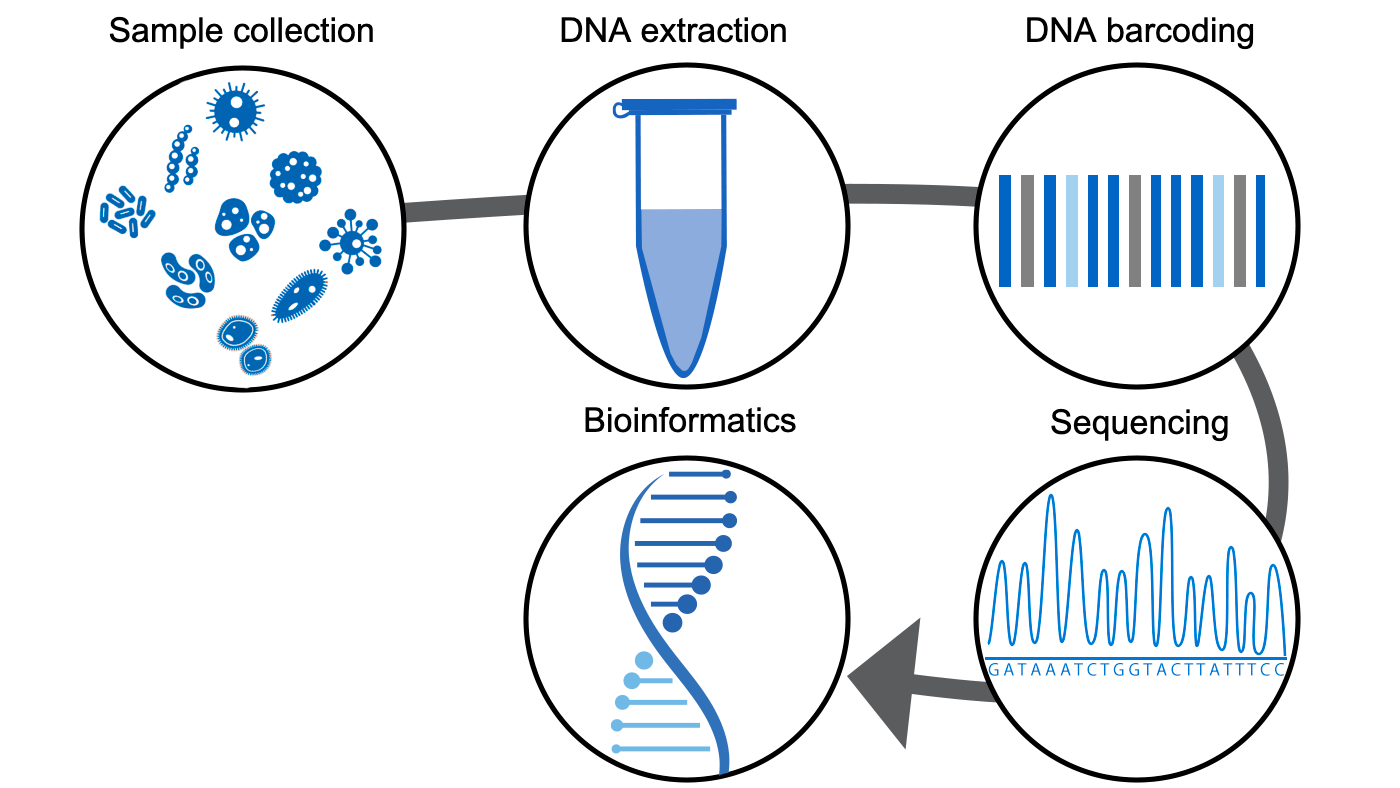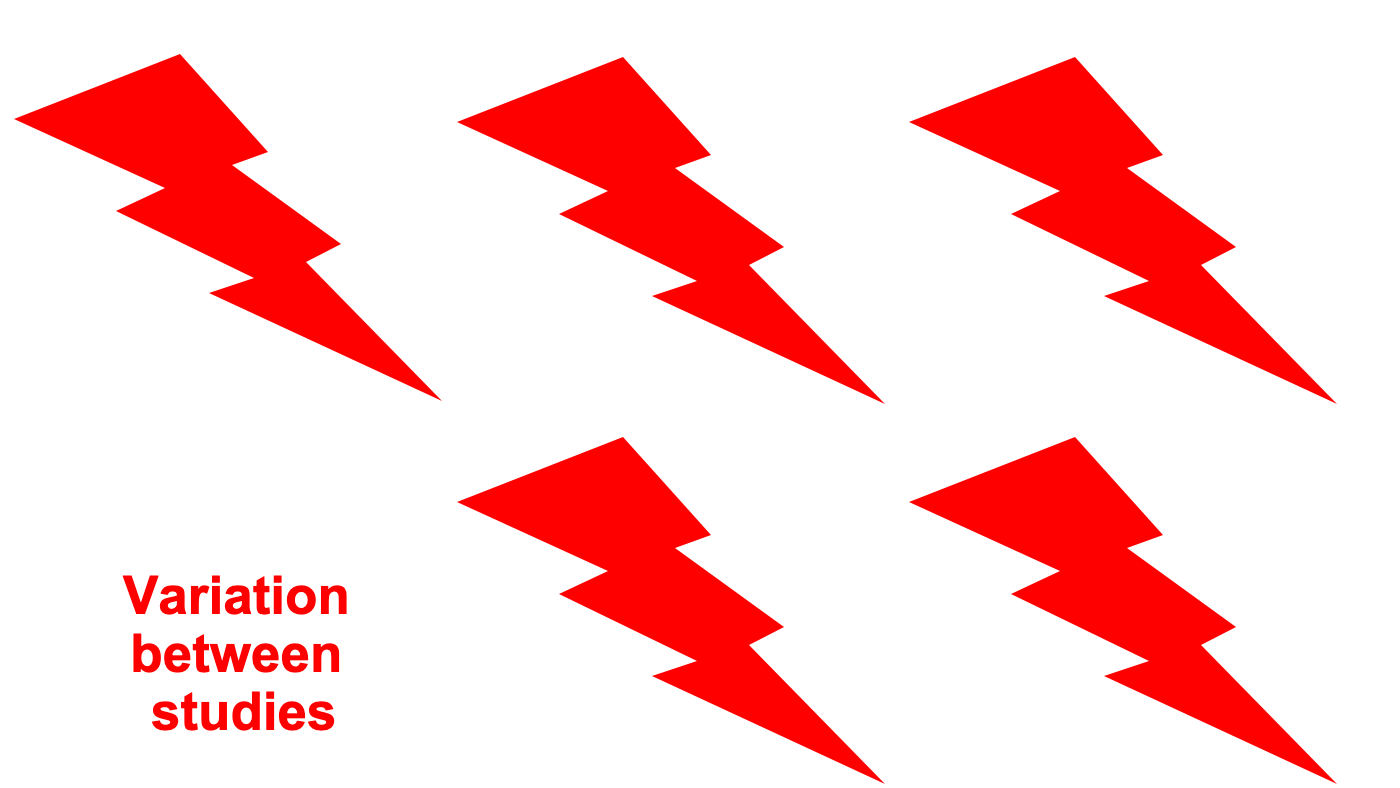In the past few years, you most likely talked about the “microbiota” of pigs. Many scientific studies have looked at the microbiota an its impact in production and health, but there is no clear picture on what a “healthy microbiota” looks like. What is the microbiota, and how can it help you keep pigs healthy? We will investigate this here.
Microbiota is a word coined using the ecological term biota, which means any kind of life form found in a given region or habitat. Microbiota, therefore, relates to the microscopic biota – all the microorganisms found in a given place (e.g. the swine gut microbiota composition is shown in Figure 1). This term includes the bacteriota (when mentioning bacteria only), the virota (for viruses only) or the mycobiota (fungi only). This should not be confused with microbiome (or other terms ending with “-ome”) – which means the collection of genomes in a given sample. Genomes are the collection of genes from a given organism. The microbiota and the microbiome are not the same thing, but they are often interchangeably used.


The study of microbiotas is an extremely complex and challenging operation. In fact, most studies about the “microbiota” are looking at something else. Differently from a biologist using binoculars to observe wild macaws in the Brazilian rainforest, microbiologists cannot just look at viruses and watch them interact. In fact, we can not grow many of the microorganisms in the lab using routine protocols (Kogure et al., 1979; Staley and Konopka, 1985). This was such a problem that scientists called it the “great plate count anomaly”: a phenomenon where one would observe many different microorganisms under the microscope, but laboratory culture would not yield such diversity (Figure 2). This is explained by our limited understanding of the nutrient and environmental requirements of each microorganism – we probably only know a very limited proportion of all microbes. So, how does one study the microbiota?
The answer is sequencing – we sequence their genomes, and use their DNA sequence to identify them, and to understand how they interact with each other, and their porcine hosts. The DNA sequence of each microbe (and every other living being) functions as a barcode. By “scanning” this barcode, we can identify the “product” (the microbe). Therefore, the vast majority of what we know about the microbiota comes from knowledge about the microbiome. But, why can’t we domesticize the microbiota like we did with dogs 10,000 years ago, and make it work for us?
Most of the research, so far, has focused on answering the question of “who is there?” in the microbiome. While this is an important step, there is a shift now towards recognizing that even more relevant than understanding “who”, is to know “what are they doing?”. In addition. there are a few caveats when it comes to the DNA sequencing technologies and translating this (large amount of) data into solutions useful in the barn:
- DNA is present everywhere. This means that contaminants are introduced at almost every step of the analysis (Salter et al., 2014). This can distort the data and fog the results unless very robust controls are present – and often they are not;
- The tools used to analyze microbiome data are not standardized, and each of them have inherent bias. This means that it is very hard to compare the data from one study to another;
- There are A LOT of microbes (the colon alone has 1014). They are all different, and we have very little information about what the majority of them are, what can they do and how do they do it;
- Any significant activity is usually from rare microbes – meaning we are looking for a needle in a haystack without knowing what a needle looks like;
- There are interactions between microbes that we don’t understand/don’t know about, so how can we look for them?;
- The microbiota is complex and VERY variable. It varies between hosts (pig vs cow), between sites (pig eye vs pig mouth), between time of the day (morning vs night (Liang and FitzGerald, 2017; Voigt et al., 2016). Essentially, every time we look at it we see something different.
There is a perception that some of these challenges will be tackled in the next few years as DNA sequencing technologies become more efficient and accessible, and improved contaminant detection is developed. In our next article from this series, we will look at how do we interpret microbiome data, what we know so far about the swine microbiomes, and how progress is being made to harness its potential to improve health and production.



